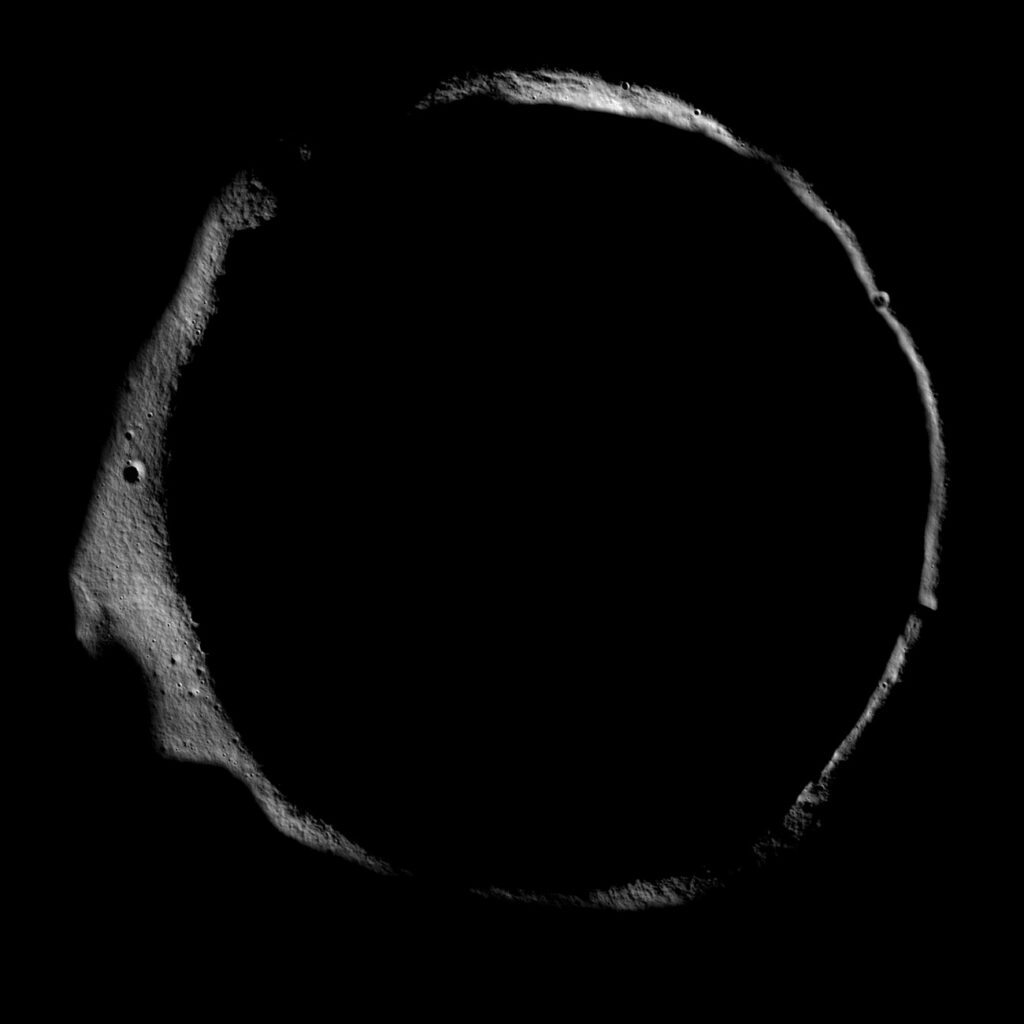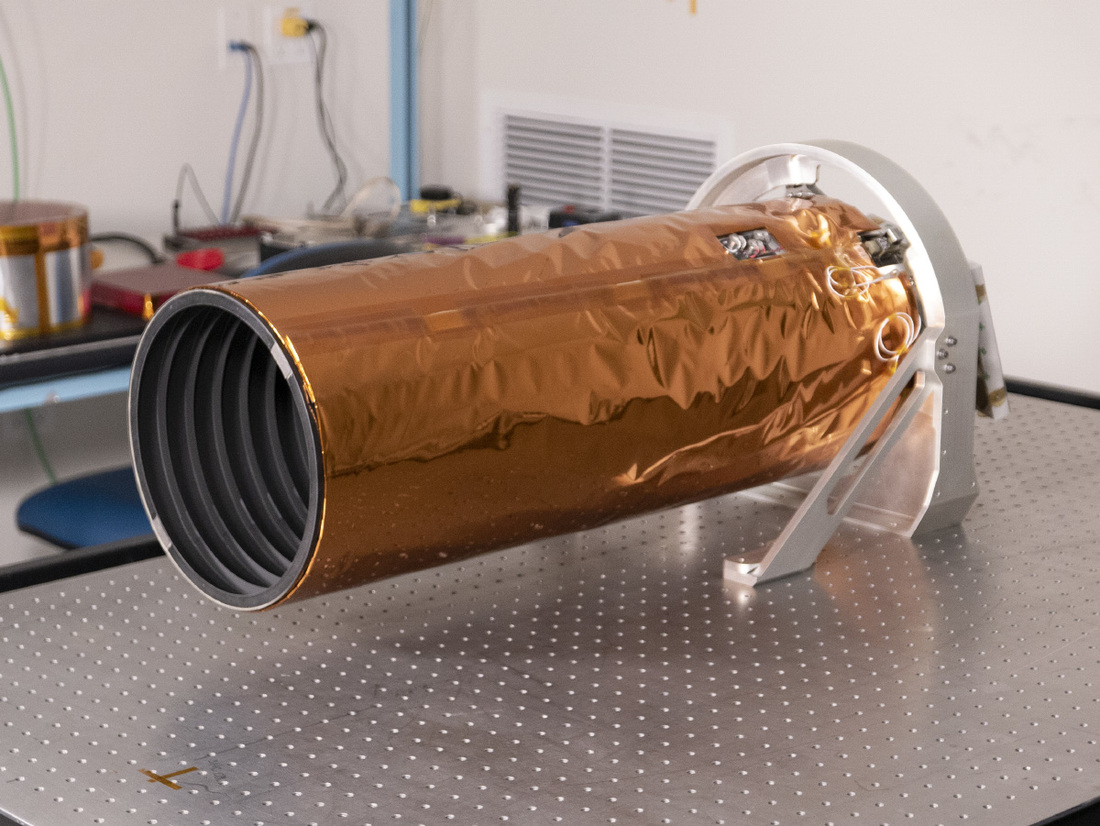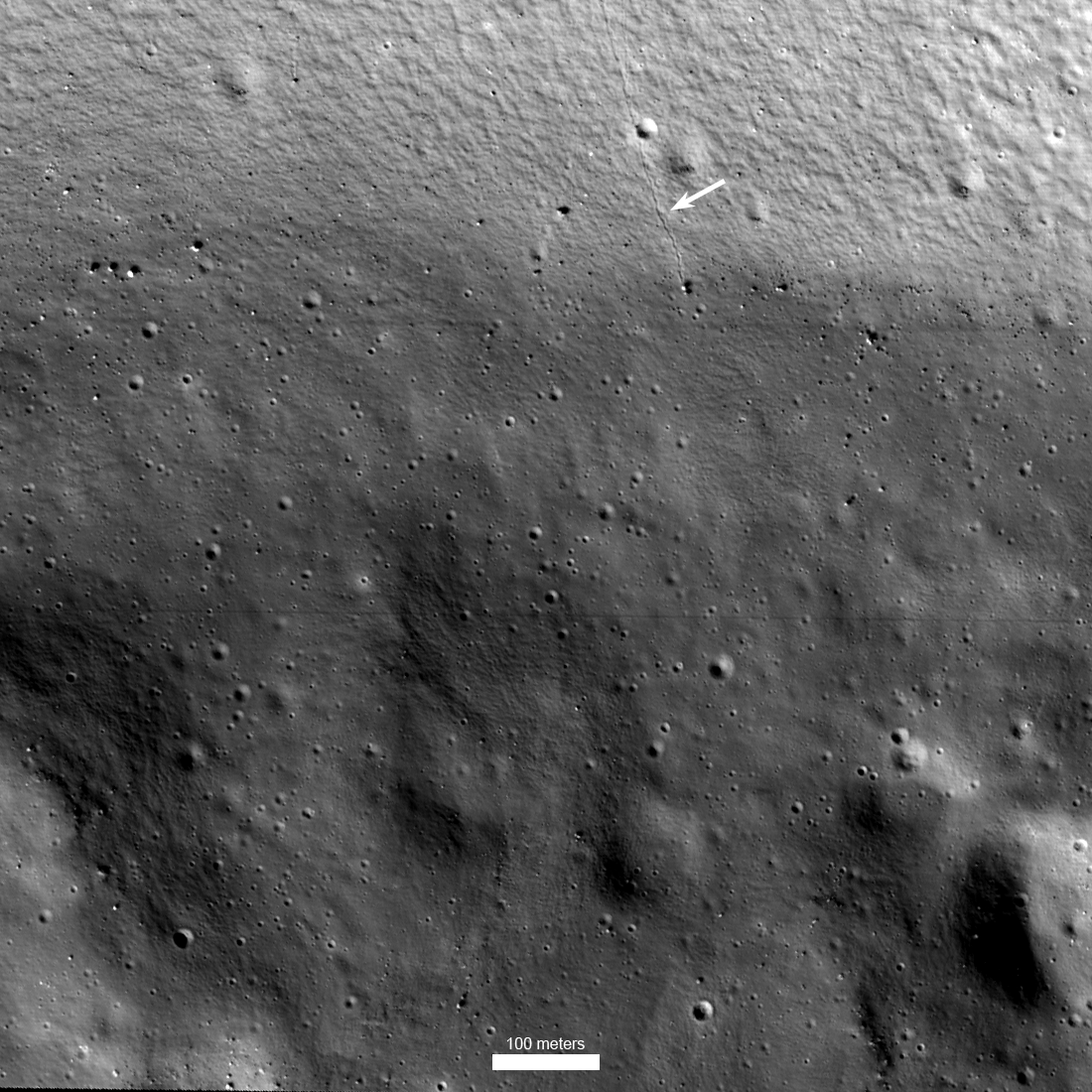Scientists from Arizona State University have published the first image taken by the ShadowCam camera. It demonstrates one of the sites located in the eternal shadow at the bottom of the Shackleton crater.
How to photograph ice on the Moon
The inclination of the axis of rotation of the Moon is only 1.5° (for comparison, this indicator is 23° for the Earth). As a result, the bottom of the deepest craters at the lunar poles is never illuminated by the Sun. Because of this, they act as a kind of cold traps. Ice and volatile matter falling into them are not exposed to sunlight, which allows them to persist for millions of years.

Currently, scientists have a large array of data indicating that water ice accumulations are really located at the bottom of many polar craters, which could become an extremely valuable resource for future colonists. The main question is the nature of its occurrence: are there open ice deposits on the Moon, or is it mixed with regolith?

The answer to this question can be given by the ShadowCam camera placed on board the South Korean probe “Danuri”. It was created at the expense of NASA. ShadowCam was built on the basis of a narrow-angle camera NAC (it is installed on the LRO device). It is capable of shooting with a resolution of up to 1.7 m/pixel, its key difference from the original is the photosensitivity, which is 200 times higher. This allows ShadowCam to obtain images similar in quality to NAC, using as a light source the light that is reflected from the upper sections of the shaft of polar craters.
First photo of ShadowCam
The first ShadowCam photo shows the interior of Shackleton crater. This 21-kilometer impact formation is located at the south pole of the Moon. The width of the image is 2040 meters. The upper 20% of the image is occupied by the crater slope, the rest is its bottom.

The ShadowCam image shows a landscape that is quite typical by lunar standards. We see many small craters covering the slope and bottom of the impact formation. In the upper part of the image, you can see the trail left by a rolling boulder (it is marked with an arrow). As for the horizontal stripes, these are image artifacts.
There are no traces of water ice in the photo. According to scientists, due to the relatively small size of the crater, the temperature of the photographed area is too high for their existence. But they may well be found closer to the center of the impact formation or at the bottom of larger and deeper polar craters.
In the future, ShadowCam will conduct a detailed survey of the lunar poles. Its images will be actively used in planning the next NASA lunar missions — from the Viper lunar rover to the Artemis III expedition.
According to http://shadowcam.sese.asu.edu
Follow us on Twitter to get the most interesting space news in time
https://twitter.com/ust_magazine
